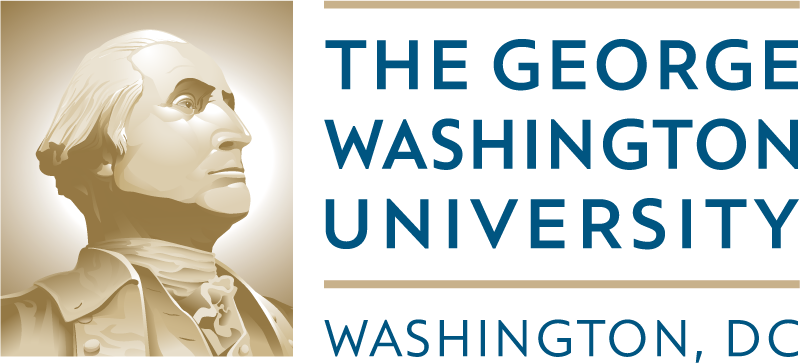What would a fully funded doctoral program look like?
I’ve received a few emails about the post below, in which I suggested that the reason CCAS has difficulty retaining its doctoral students is simple economics: we do not support our PhD students with the same frequency or at the same level as the schools to which we compare ourselves. My experience is limited mainly to the English Department, but I believe that our situation may hold true for other departments.
So what would it take to make our doctoral program in English a nationally recognized, fully funded one that could compete — say — with Ivy League schools?
Not much, actually. We possess the faculty and archival resources already (the Folger, anyone? Library of Congress?). The quality of our applicants is high enough to support such an endeavor. What we lack, though, is a sufficient number of support packages. A modestly funded doctoral program requires, by my calculation, twenty-five support packages: five each for each of the five years it should take for a motivated student to attain the PhD. That means, in other words, that we could admit five students per year with full funding (tuition plus enough of a stipend to prevent the student from living in utter poverty — something like $20K would be reasonable, considering the cost of living in DC). Twenty-five packages is roughly three times what we currently possess — and is still far short of the 8-10 per year that many other universities award.
The English Department is in the unenviable position of possibly having no award packages to offer come this spring’s admission season. To say that such a situation places us at a competitive disadvantage is to put things mildly. It’s a pity: we have everything else in place here to have a world-class graduate program. The PhD students who are already enrolled are among our most revered teachers in undergraduate courses and sections (trust me on this; I read every course evaluation!)
Someday, I hope, we’ll have the financial resources that match our actual ambitions.
